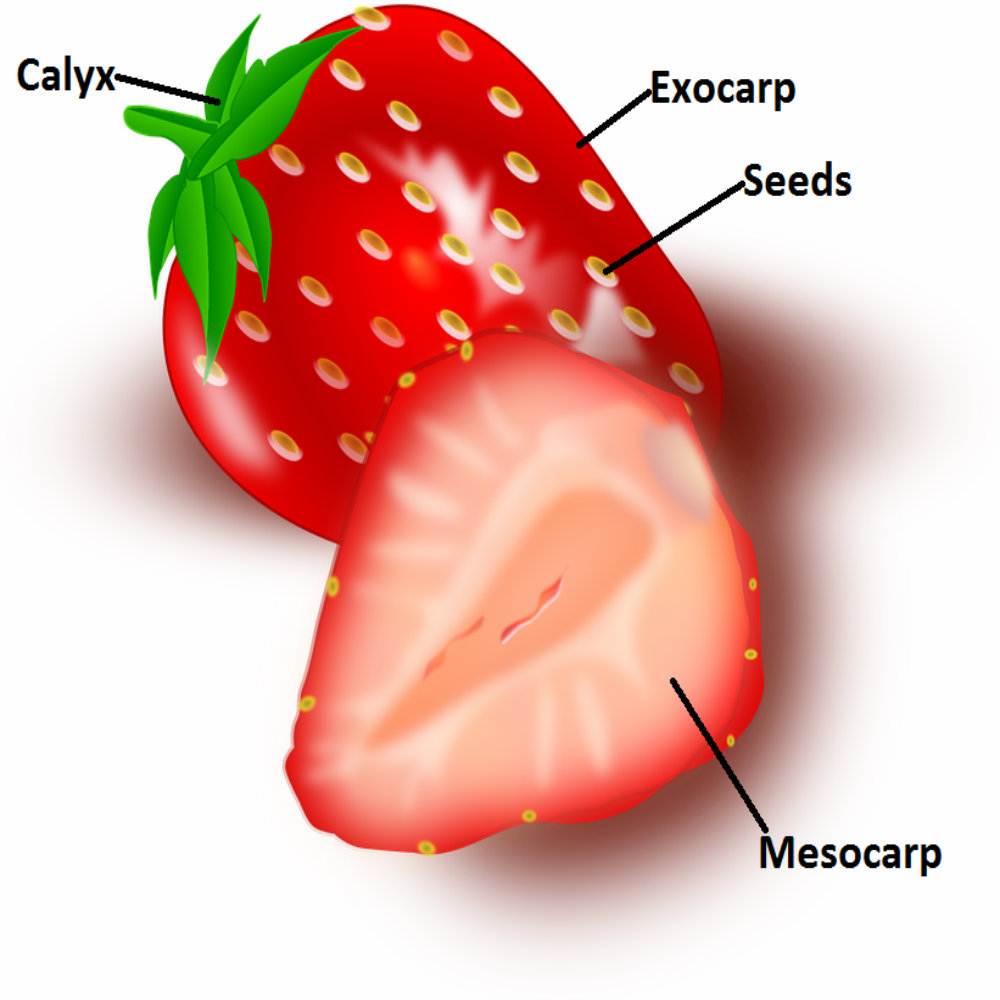All About Berries
Berries possess a fascinating anatomy, consisting of three distinct components - the outer exocarp, the fleshy mesocarp, and the inner endocarp that envelops the seeds. What sets berries apart is their unique attribute of containing multiple seeds surrounded by succulent flesh. Recognized far and wide for their remarkable abundance of vitamins, essential minerals, and potent antioxidants, berries are a top choice for those seeking a truly nourishing diet. But their value extends beyond the realm of the culinary; these vibrant fruits have long been lauded in traditional medicine for their remarkable anti-inflammatory and antimicrobial properties. Furthermore, the rejuvenating and nourishing effects of berries on the skin make them a prized ingredient in countless skincare products. Across the annals of history, berries have played a significant role in both natural medicine and culinary traditions. Herbalists, in particular, have celebrated the many merits of berries such as hawthorn, goji, and juniper berries, which have been revered for their ability to foster overall health and well-being. With their impressive nutritional profiles, packed with antioxidants, vitamins, minerals, and other beneficial compounds, berries have certainly earned their esteemed place in the pursuit of good health.

Berries are small, pulpy fruits that develop from a single ovary of a flower, housing numerous seeds and possessing a soft outer skin. These fruits, often vibrant in color, can vary in taste from sweet to tangy. Some well-known examples of berries include strawberries, blueberries, raspberries, hawthorn berries, goji berries, lycium berries, and schisandra berries. Surprisingly, fruits like grapes, tomatoes, cucumbers (classified as epigynous or false berries derived from an inferior ovary), and eggplants also fall under the category of berries. Berries with a tough or thick rind are referred to as Pepo, examples of which include watermelon, pumpkins, and cantaloupe.
Parts of Berries

Calyx – The outer part of the flower formed by the sepals (the outer leaves of a bud)
Exocarp – The outer protective skin. In true berries the skin is soft.
Seeds – Are located in the flesh of the berry. In most berries the seed are located in mesocarp, but in strawberries they are in the exocarp.
Mesocarp – The inner flesh (pulp) of the berry
The terms "fruit" and "berry" are often used interchangeably in everyday language, but botanically, there are distinctions between them:
Fruit: In botanical terms, a fruit is the mature ovary of a flowering plant, typically containing seeds. It develops from the fertilized ovary after pollination and serves as a means of seed dispersal. Fruits can be classified into various types based on their structure, such as fleshy fruits (like apples and oranges) and dry fruits (like nuts and beans).
Berry: A berry is a specific type of fleshy fruit that develops from a single ovary and typically contains multiple seeds embedded in the flesh. Botanically, berries have three distinct layers: the exocarp (outer skin), the mesocarp (fleshy middle layer), and the endocarp (innermost layer surrounding the seeds). Berries can come from various plant families and exhibit a wide range of shapes, sizes, and colors.
So, while all berries are fruits, not all fruits are berries. Berries have a specific botanical definition that distinguishes them from other types of fruits based on their structure and development. Examples of true berries include tomatoes, grapes, and bananas.
© 1stChineseHerbs.com 2016
References
http://waynesword.palomar.edu/termfr4.htm
https://en.wikipedia.org/wiki/Berry
https://pixabay.com
Images used were found with a search for images with a “free to use and share” license on 4-4-2016.
http://www.answers.com/Q/Is_a_cucumber_a_berry
